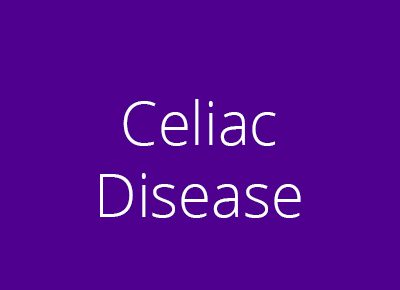What is it?
This is a medical term that describes a condition when an individual is allergic to gluten, typically found in wheat, barely or rye. The allergic reaction causes inflammation in the small intestinal walls which is where most nutrients are absorbed. This ultimately causes patient’s to develop malabsorptive symptoms because the intestine is unable to absorb nutrients.
What are the symptoms?
Symptoms include diarrhea, bloating, abdominal cramping, weight loss. In some cases, celiac disease can be linked with iron deficiency anemia, osteoporosis, infertility, miscarriages, bone fractures, and defects in the dental enamel.
How is it diagnosed?
Typically this can be detected via a blood test that screens for specific elements of Celiac Sprue.
How is it treated?
There is no specific treatment for celiac disease, other than avoiding foods that contain gluten. This ultimately requires a major change in diet, as there are numerous foods that contain gluten other than breads including rye, wheat, and barley. Switching to a diet that contains rice, corn, potato, soybean or maize is recommended.
Are there any complications?
Yes, if celiac disease goes untreated patients are at a higher risk of Non-hodgkin’s lymphoma, osteoporosis, and various intestinal malignancies. There is a complication called Dermatitis Herpetiformis that can cause raised red blotches on the patient’s extremities. These risks can all be avoided if the patient avoids gluten products.
